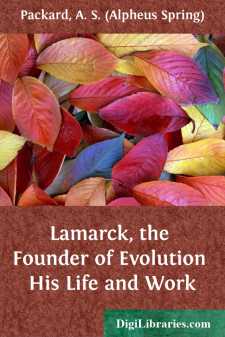Categories
- Antiques & Collectibles 13
- Architecture 36
- Art 48
- Bibles 22
- Biography & Autobiography 813
- Body, Mind & Spirit 142
- Business & Economics 28
- Children's Books 15
- Children's Fiction 12
- Computers 4
- Cooking 94
- Crafts & Hobbies 4
- Drama 346
- Education 46
- Family & Relationships 57
- Fiction 11828
- Games 19
- Gardening 17
- Health & Fitness 34
- History 1377
- House & Home 1
- Humor 147
- Juvenile Fiction 1873
- Juvenile Nonfiction 202
- Language Arts & Disciplines 88
- Law 16
- Literary Collections 686
- Literary Criticism 179
- Mathematics 13
- Medical 41
- Music 40
- Nature 179
- Non-Classifiable 1768
- Performing Arts 7
- Periodicals 1453
- Philosophy 64
- Photography 2
- Poetry 896
- Political Science 203
- Psychology 42
- Reference 154
- Religion 513
- Science 126
- Self-Help 84
- Social Science 81
- Sports & Recreation 34
- Study Aids 3
- Technology & Engineering 59
- Transportation 23
- Travel 463
- True Crime 29
A. S. (Alpheus Spring) Packard
Alpheus Spring Packard was an American entomologist, paleontologist, and professor of zoology, born in 1839. He was a key figure in the early development of entomology in the United States and contributed significantly to the classification of insects. Packard authored several important works, including "Guide to the Study of Insects" and "A Text-book of Entomology." He also co-founded the journal "American Naturalist" and served as a professor at Brown University for much of his career.
Author's Books:
Sort by:
PREFACE Although it is now a century since Lamarck published the germs of his theory, it is perhaps only within the past fifty years that the scientific world and the general public have become familiar with the name of Lamarck and of Lamarckism. The rise and rehabilitation of the Lamarckian theory of organic evolution, so that it has become a rival of Darwinism; the prevalence of these views in the...
more...
PREFACE. This little volume mainly consists of a reprint of a series of essays which appeared in the "American Naturalist" (Vols. i-v, 1867-71). It is hoped that their perusal may lead to a better acquaintance with the habits and forms of our more common insects. The introduction was written expressly for this book, as well as Chapter XIII, "Hints on the Ancestry of Insects." The...
more...



